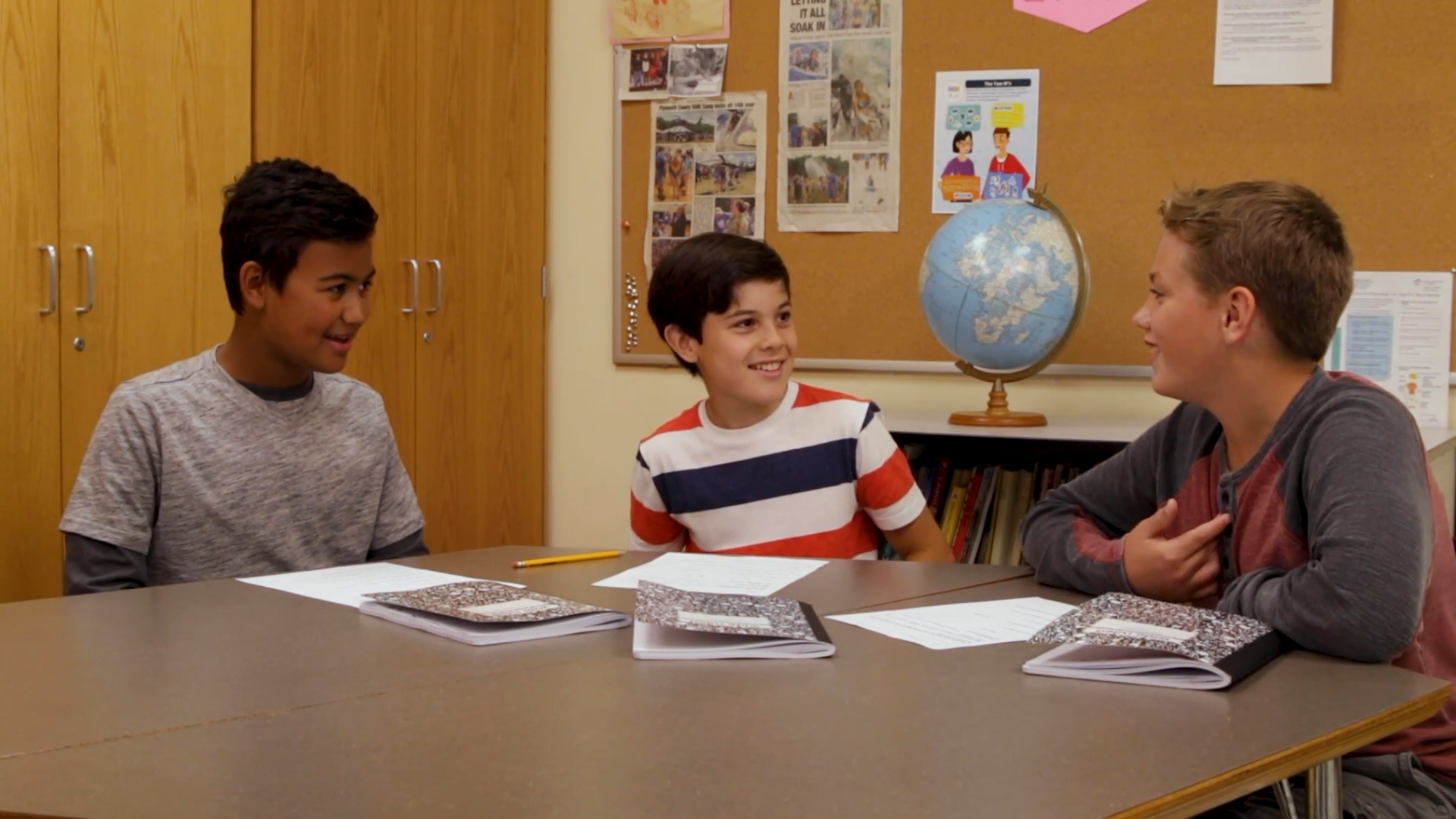
In this blog post, we will explore the importance of agreeing more often than disagreeing, and how this practice can contribute to healthy communication and relationships. We’ll share a no-prep activity for educators and provide discussion questions to spark deeper conversations.
Introduction
Everyone has unique opinions and feelings about various topics, and it’s essential to recognize the frequency with which we disagree with others. Agreeing more often than disagreeing can lead to positive feelings and foster stronger relationships. While it’s okay to disagree occasionally, doing so too often can make it seem like we’re arguing or insisting on having our way all the time. In this blog post, we’ll discuss the importance of agreeing more often than disagreeing and provide practical tips and activities to help students develop this skill.
No-Prep Activity
One effective no-prep activity to help students practice agreeing more often than disagreeing is called “Three to One.” Here are the steps:
- Divide students into small groups of 3-5 participants.
- Ask each group to choose a topic or situation they can discuss.
- Encourage students to share their opinions on the chosen topic, but for every one disagreement, they must find three points of agreement.
- Monitor the discussions and provide guidance as necessary, reminding students to remain calm and friendly when agreeing with others.
- After the activity, gather the class for a group discussion about their experiences and insights.
Discussion Questions
- How does agreeing more often than disagreeing contribute to positive relationships?
- Can you think of a time when you disagreed with someone and later realized it would have been better to agree? What could you have done differently?
- How can we balance the need to share our opinions while still maintaining a positive atmosphere?
- Why is it important to stand firm in our opinions when faced with unkind, hurtful, or rule-breaking ideas?
- What strategies can we use to agree with others in a calm and friendly manner?
Related Skills
Developing the ability to agree more often than disagree is closely related to other essential social-emotional skills:
- Active Listening: Paying close attention to others during conversations and understanding their perspectives.
- Empathy: Putting ourselves in someone else’s shoes and understanding their feelings and emotions.
- Assertiveness: Expressing our thoughts and feelings respectfully and confidently, without being aggressive or passive.
- Conflict Resolution: Addressing disagreements in a constructive manner and finding solutions that are acceptable to all parties involved.
Next Steps
Now that you’ve learned about the importance of agreeing more often than disagreeing, we encourage you to explore additional social-emotional learning resources. To help you get started, sign up for free samples of skill-building materials and discover more activities to support your students’ growth.









